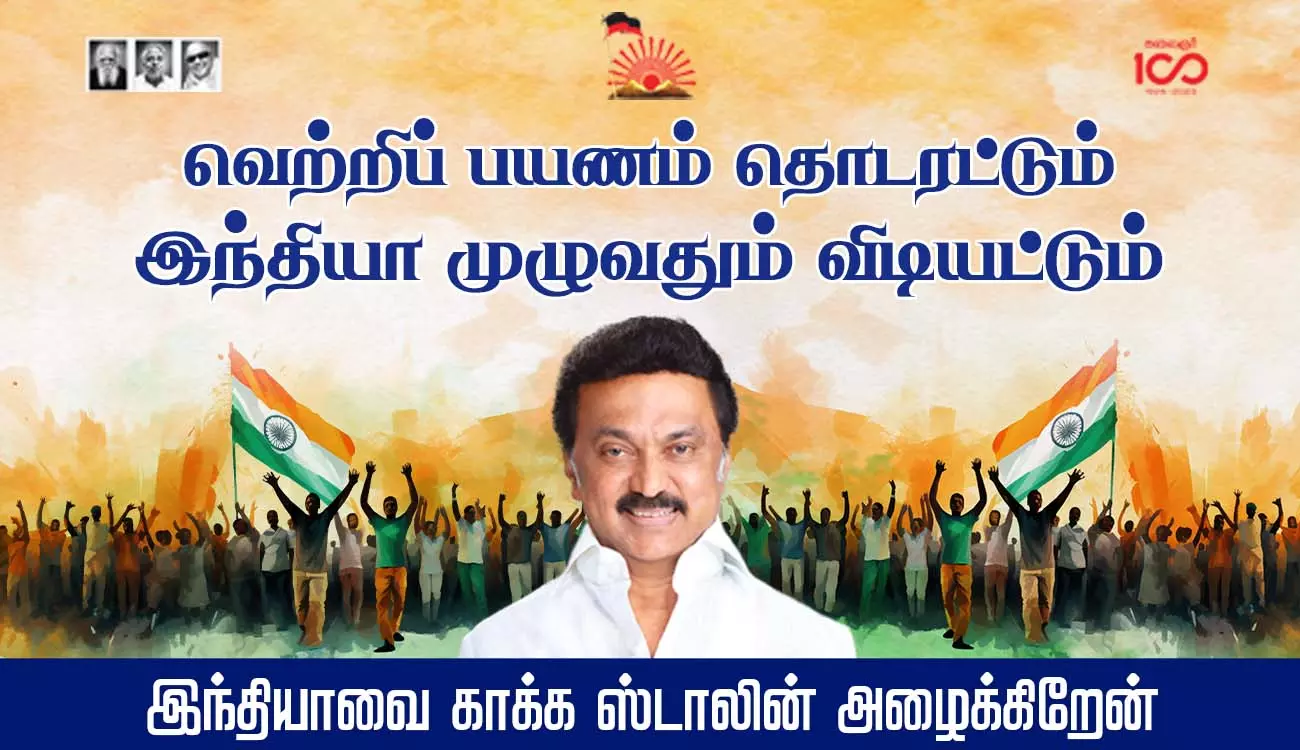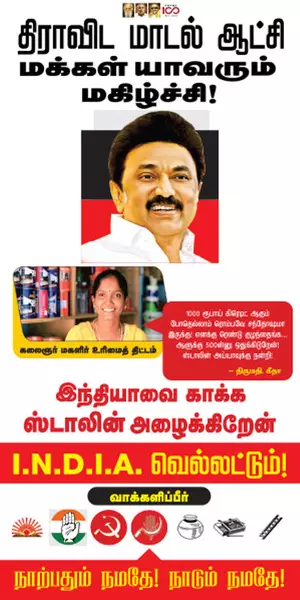
- Home
- News
- Analysis
- States
- Perspective
- Videos
- Education
- Entertainment
- Elections
- World Cup 2023
- Features
- Health
- Business
- Series
- Economy Series
- Earth Day
- Kashmir’s Frozen Turbulence
- India@75
- The legend of Ramjanmabhoomi
- Liberalisation@30
- How to tame a dragon
- Celebrating biodiversity
- Farm Matters
- 50 days of solitude
- Bringing Migrants Home
- Budget 2020
- Jharkhand Votes
- The Federal Investigates
- The Federal Impact
- Vanishing Sand
- Gandhi @ 150
- Andhra Today
- Field report
- Operation Gulmarg
- Pandemic @1 Mn in India
- The Federal Year-End
- The Zero Year
- Premium
- Science
- Brand studio
- Home
- NewsNews
- Analysis
- StatesStates
- PerspectivePerspective
- VideosVideos
- Entertainment
- ElectionsElections
- Sports
- Loading...
Sports - Features
- BusinessBusiness
- Premium
- Loading...
Premium
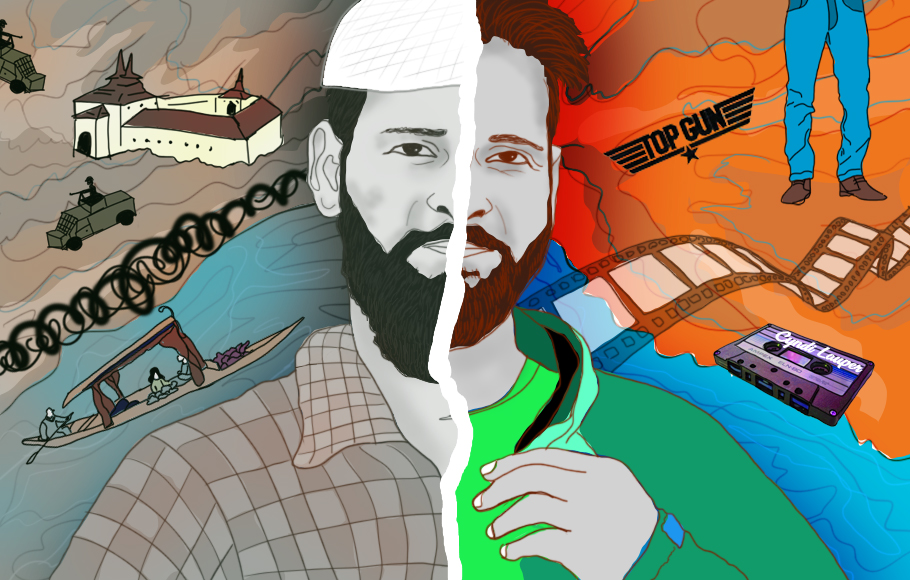
When a vibrant Kashmir is painted in radical colours
Cinema and alcohol have always attracted controversy in Jammu and Kashmir, with reasons being linked to political discourse and social sensibilities than to perceived radicalism or intolerance.

Reports of opening 183 liquor shops in Jammu and Kashmir stirred up the proverbial political hornet’s nest in the Valley. Religious and political organisations alleged it was a “cultural aggression” on Kashmir, and were only pacified after the Jammu and Kashmir administration clarified that no such decision will be taken “without the participation of stakeholders”. The issue of...
Reports of opening 183 liquor shops in Jammu and Kashmir stirred up the proverbial political hornet’s nest in the Valley. Religious and political organisations alleged it was a “cultural aggression” on Kashmir, and were only pacified after the Jammu and Kashmir administration clarified that no such decision will be taken “without the participation of stakeholders”.
The issue of alcohol, just like films and music, has been a hot potato in the Valley’s cultural discourse over the past few decades, stirring controversies. This time too, religious bodies like Mutahida Majlis-e-Ulema, an amalgam of different socio-religious organisations, protested against the proposal, accusing the government of “bringing ordinances and rules to change the demography of the Muslim majority of the state” and assaulting “religious sentiments”.
Interestingly, in 2018, BJP’s current Jammu and Kashmir president and former MLA Ravinder Raina too had demanded a blanket ban on alcohol and bars and the declaring of Jammu and Kashmir a dry state.
Such protests and demands may draw a conservative picture of Kashmir while in reality liquor, movies and music were very much a part of the Valley as they are elsewhere in the 1980s.
How alcohol and cinema were erased from Kashmir’s culture
There is no official ban on manufacture and sale of liquor in Jammu and Kashmir. In Kashmir, liquor is readily available at licensed shops on the outskirts of Srinagar near the Indian Army’s Badami Bagh Cantonment and top five-star hotels, while in Jammu, it can be found in hotels, bars and liquor outlets.
But it remains a private affair, even though the governments over the years have prevented any ban against it.
During the PDP-BJP coalition government, Jammu and Kashmir’s then finance minister Haseeb Drabu had in the now-defunct Jammu and Kashmir Legislative Council ruled out a ban on liquor by asserting that the issue needs to be addressed on the basis of freedom of choice.
“As a state policy, we cannot enforce our decision on others. There is a freedom of choice and let people decide what they want to do,” he said, arguing that “vegetarians can’t ban non-vegetarian food”.
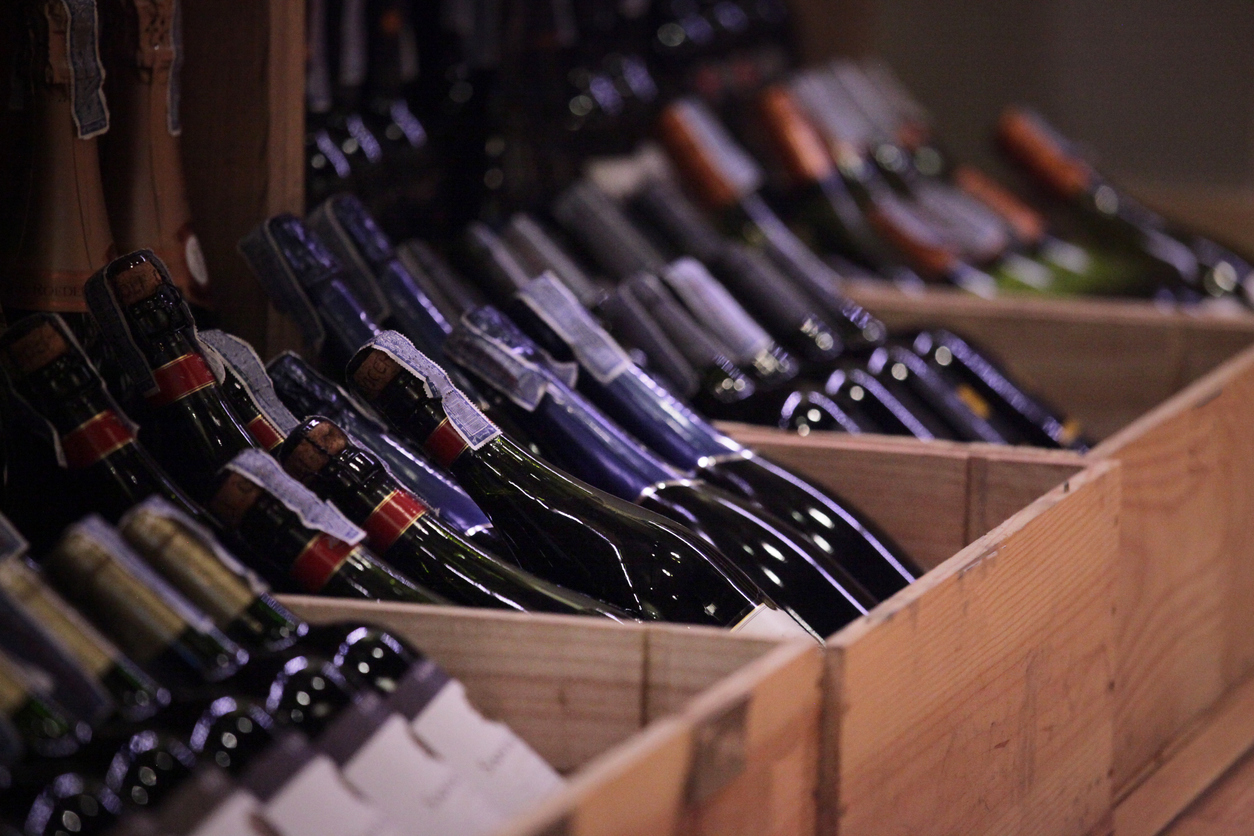
In the Muslim-majority Kashmir and Hindu-dominated Jammu, alcohol consumption lacks social sanction, but no one bothers those who drink and no one mocks teetotallers either. Everyone knows that alcohol is available and people drink, but drinking is not an intrinsic part of the region’s social fabric.
In the early 1970s, veteran pro-Pakistan Hurriyat leader Syed Ali Shah Geelani, who was the then a member of the Jammu and Kashmir Legislative Assembly as a Jamaat-e-Islami (JeI) politician, had vociferously demanded a ban on sale and consumption of alcohol in his speech inside the assembly.
Afterwards, on August 18, 1989, a militant outfit called the Allah Tigers enforced a ban on cinema halls, bars and liquor shops in the Kashmir Valley through its then chief commander ‘Air Marshal’ Noor Khan. This attempt at enforcing a certain code of conduct and thrusting a particular lifestyle on Kashmiris wasn’t received well by the locals. The stated aim of the diktat appeared to be to shut popular public hangouts.
But most households in Kashmir own a television and family members watch both Hollywood and Bollywood movies, popular television series and drama serials. Young boys and girls watch all kinds of movies on their smartphones, laptops and tablets.
That is why stereotyping Kashmiris as conservative or radical is neither a fair assessment nor helpful.
Multicultural, vibrant history
Mir Khalid, author of Jaffna Street: Tales of death, betrayal and survival in Kashmir, talks about the vibrancy and multiculturalism of the Srinagar city in the 1980s. In his book, Khalid has described Srinagar’s downtown of his imagination and draws parallels between Steward’s downtown with his own childhood sketch of Srinagar, replete with its own version of ‘Brooklyn’ girls.
“There were many ‘Brooklyn’ girls, whose affections were actively sought or passively fancied. Some were part of the somewhat class conscious crowd, belonging to upmarket areas and schools, many of whom adored Tom Cruise — whose Top Gun was making waves — to the extent of pasting his photos in their notebooks. They crooned the lyrics of songs belted by Cyndi Lauper, Pat Benatar and the recent debutant, Madonna, and wore jeans. A fluency in English, demonstrated similarity in taste in music and expensive jeans were a must to woo this class. Or so we thought, and acted upon,” Khalid wrote in a chapter titled Downtown Train.
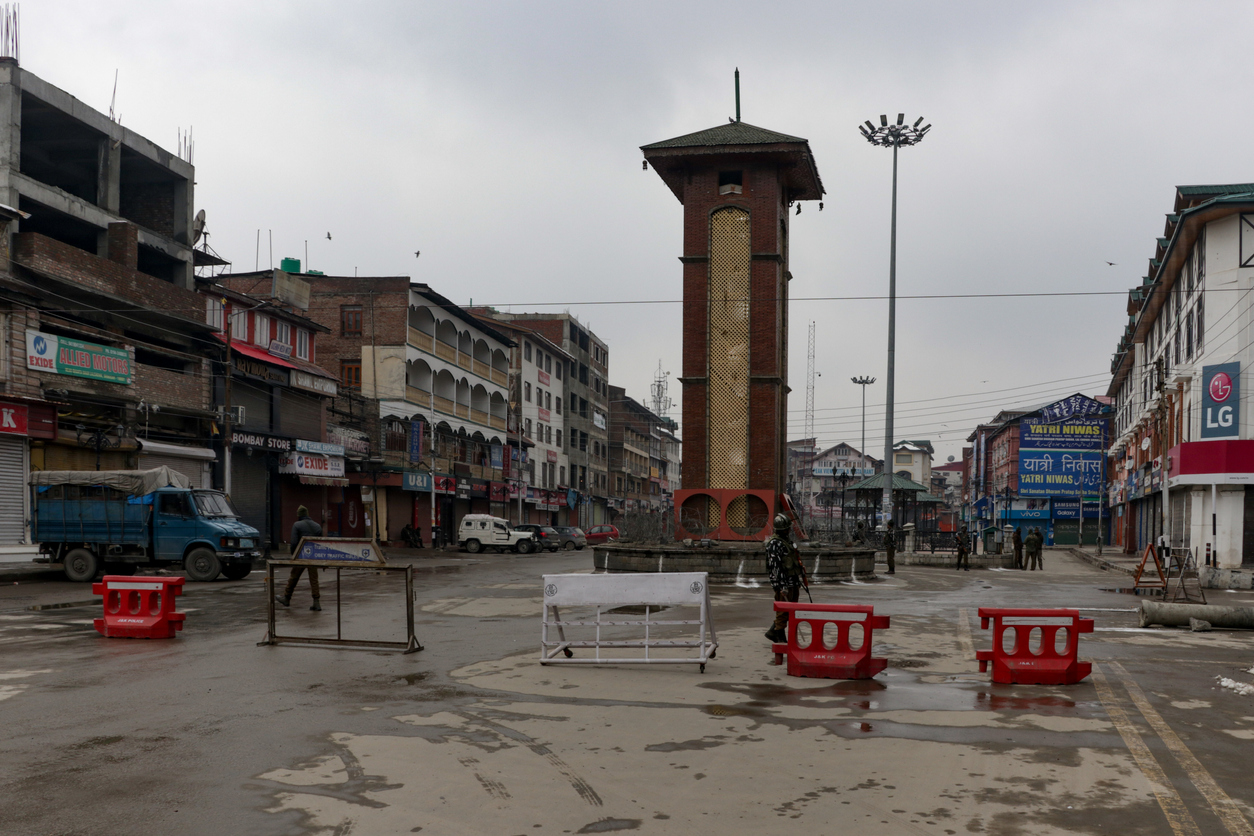
Remembering his school days, author Mir Khalid said, “Srinagar City had the choicest blend of movies catering to its movie aficionados. Al Pacino, Robert De Niro, Jack Nicholson, Brooke Shields, Bo Derek, Sylvester Stallone and later Tom Cruise-starrers formed the bulk of conversations in school and college grounds.”
Since 1989, most cinema halls in Kashmir have turned into government forces’ camps or bunkers. Others are in ruins while a few have been converted into shopping centres.
Obviously, in a hotly-contested place like Kashmir, there are arguments either way. Those opposing the reopening of cinema halls are not necessarily radicals. They see opening of movie halls as the government’s desperate attempt to sell deceptive peace as normalcy.
Kashmir had its share of cinema halls, like Firdous Cinema, Shiraz and Khayam in downtown Srinagar; Regal, Palladium, Neelam, Naaz, Shah and Broadway in the city centre Lal Chowk; and Samad Talkies in north Kashmir and several others across the Valley. In the decade of 1980s, Kashmiri cinema halls screened Hollywood and Bollywood movies. More English films were screened in Srinagar than in New Delhi.
In the late 1990s, Neelam and Broadway were briefly opened under fortified security arrangements, but most of these were turned into paramilitary camps soon after.
Kashmir’s lone Communist leader Mohammad Yusuf Tarigami tells The Federal that during his time in the Jammu and Kashmir Legislative Assembly, he never witnessed any serious debate over alcohol. “I have been in the Legislative Assembly since the 1996 elections. I don’t recall any serious debate over alcohol in the house,” Tarigami says, adding, “Our rich history tells us about our vibrant culture, and social and cultural confluence. We have always been ahead of many a counterpart.”
Flawed portrayal of Kashmir in Bollywood
Both movies and liquor are linked to the region’s political discourse than to entertainment, revenue generation and luxury. But there is more to this than meets the eye.
Kashmir is often referred to as ‘Peer Waer’, meaning an ‘Alcove of Sufi Saints’. This description gives an impression to outsiders as if Kashmiri Muslims abhor music, movies, literature, theatre and poetry. The fact is that music is very much a part of Sufi syncretism. With the aim to paint the Kashmiri society as conservative, radical and backward, there have been umpteen flawed propagandist attempts.
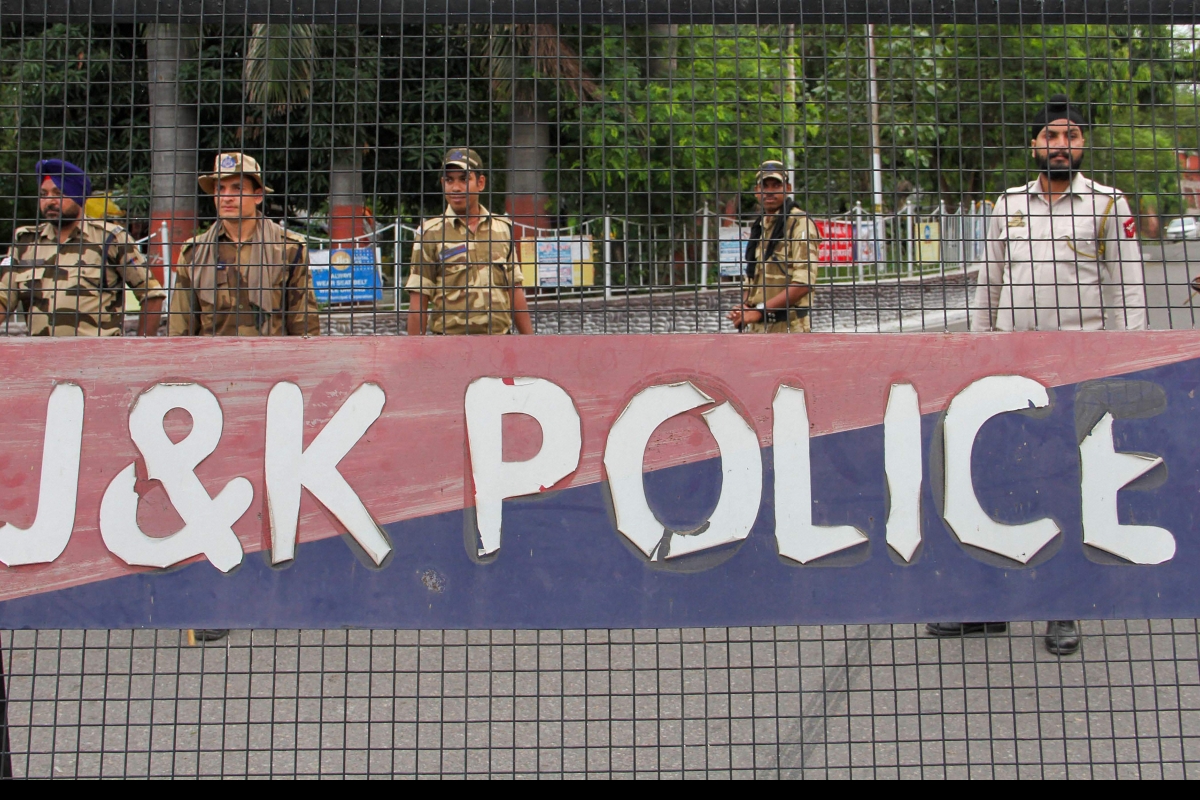
Thanks to Bollywood, a Kashmiri in an outsider’s imagination is either a man wearing a skull cap, with wrinkled forehead, rowing oars of a Shikara while entertaining tourists at the famed Dal Lake or a pheran- (long woolen cloak) clad woman serving kehwa (Kashmiri tea) with kesar (saffron) leaves. Or, a Kashmiri is visualised as a gun-toting and bearded angry young man firing a volley of bullets indiscriminately. A Kashmiri is also portrayed as a misguided element without a cause and radicalised youth who should be sent to a de-radicalisation camp for reform.
This is how Bollywood has usually depicted Kashmir and Kashmiris in movies.
In the romantic Bollywood flick Jab Jab Phool Khile starring the late Shashi Kapoor and Nanda, the story is of a childlike and naïve romantic village boy Raja (Shashi), who owns a houseboat in Srinagar’s Dal Lake, and Rita (Nanda), the only daughter and heiress to a rich Raj Bahadur Chunnilal. The lovebirds meet when Rita is holidaying along with her maid Stella (Shammi) in Kashmir. She rents a houseboat owned by Raja and within no time, both fall in love.
Kashmiris are often shown as docile who get easily swayed, but are conservative enough not to watch movies or drink alcohol. But Kashmir is way beyond such tropes and banalities. Nothing can be further from truth than this pigeonholing.
In an effort to boost tourism, the Airport Authority of India (AAI) in 2017 had floated a tender for a duty-paid liquor shop at the Srinagar Airport. The then PDP-BJP government rejected the proposal. According to official data of the Excise Department, of 224 liquor shops in Jammu and Kashmir, 220 shops are in Jammu province, with Jammu district having 135 of them.
Three years ago, the second edition of Kashmir World Film Festival (KWFF) commenced at Srinagar’s Tagore Hall. It had stirred a fresh debate whether it is about time to reopen movie halls in the Valley. During the five-day long film festival, at least 19 documentaries and feature films were screened in English, Persian, Italian, Japanese, Polish, Urdu, Malayalam, Kashmiri, Dogri and Ladakhi languages.
The Jammu and Kashmir government’s then-spokesperson and minister for public works, Naeem Akhtar, who had inaugurated the film festival, nostalgically said at the time that “Srinagar’s Residency Road was our Piccadilly”.
Cinema has always attracted some sort of controversy in Kashmir. In the mid-1980s, only a few years before the eruption of militancy in 1989, the Anthony Quinn-starrer, Lion of the Desert, was screened at Regal Cinema in Srinagar. It was an action film based on the life of the Libyan revolutionary, Omar Mukhtar, a Bedouin leader who fought the colonial Italian army in the years leading up to World War-II. Its screening in Kashmir in the mid-1980s had inspired the people to protest against New Delhi. Widespread demonstrations were witnessed in Srinagar. As a result, the then government banned its screening.

